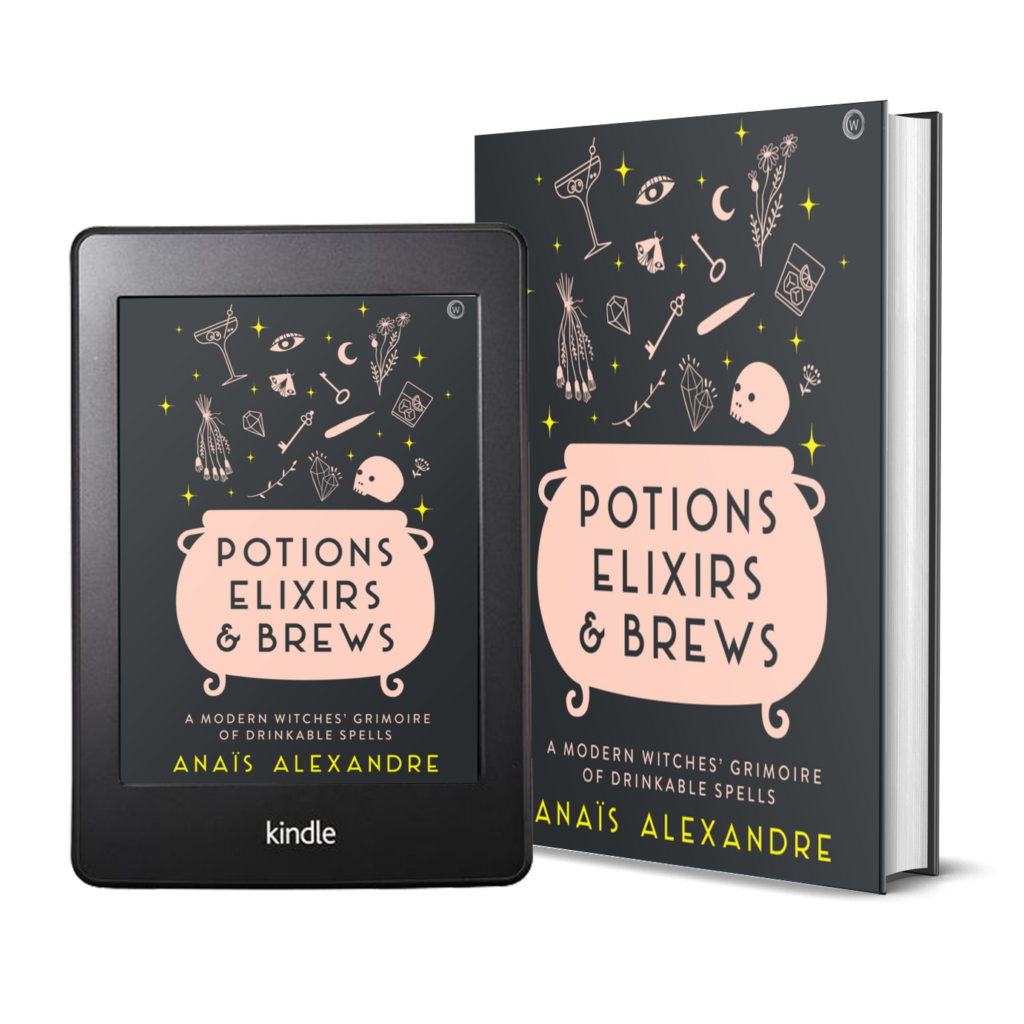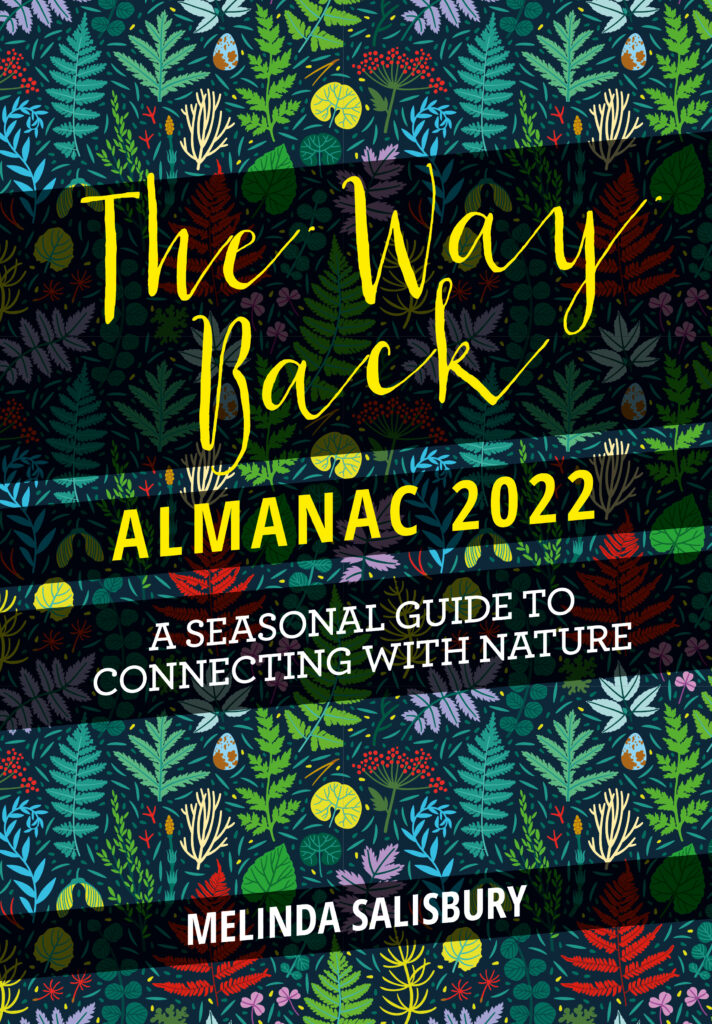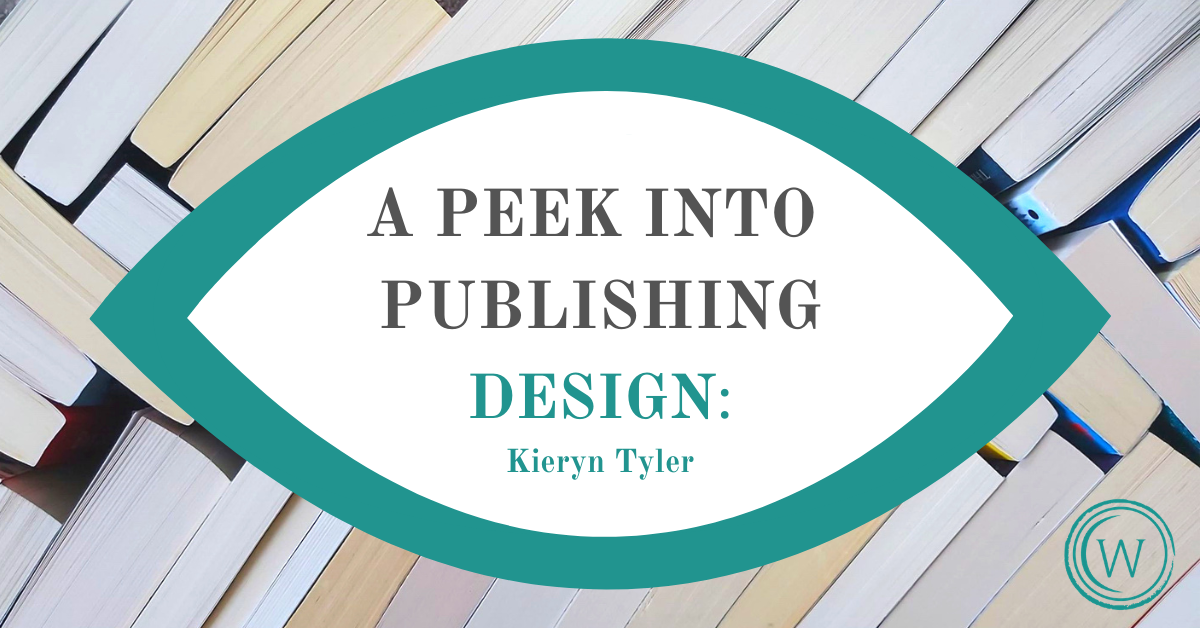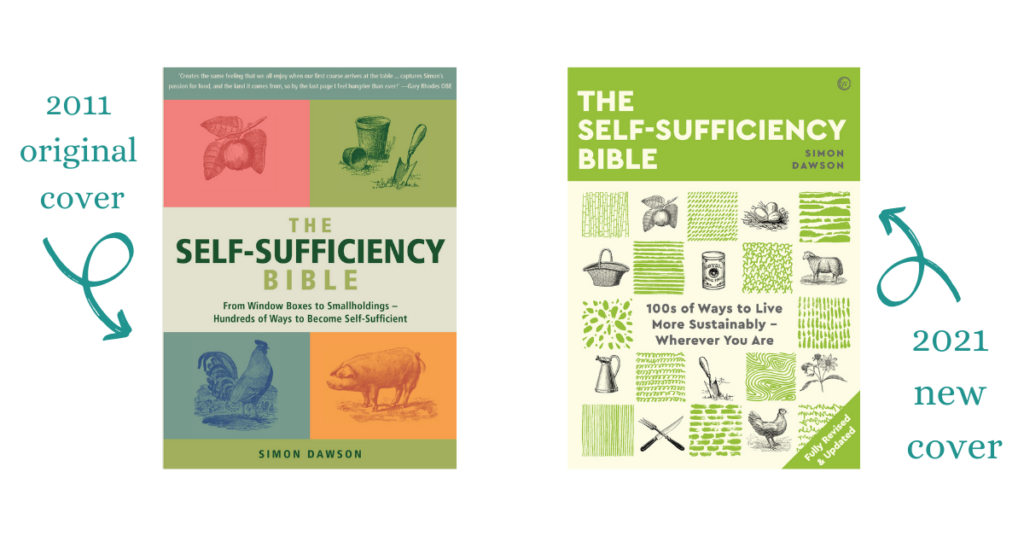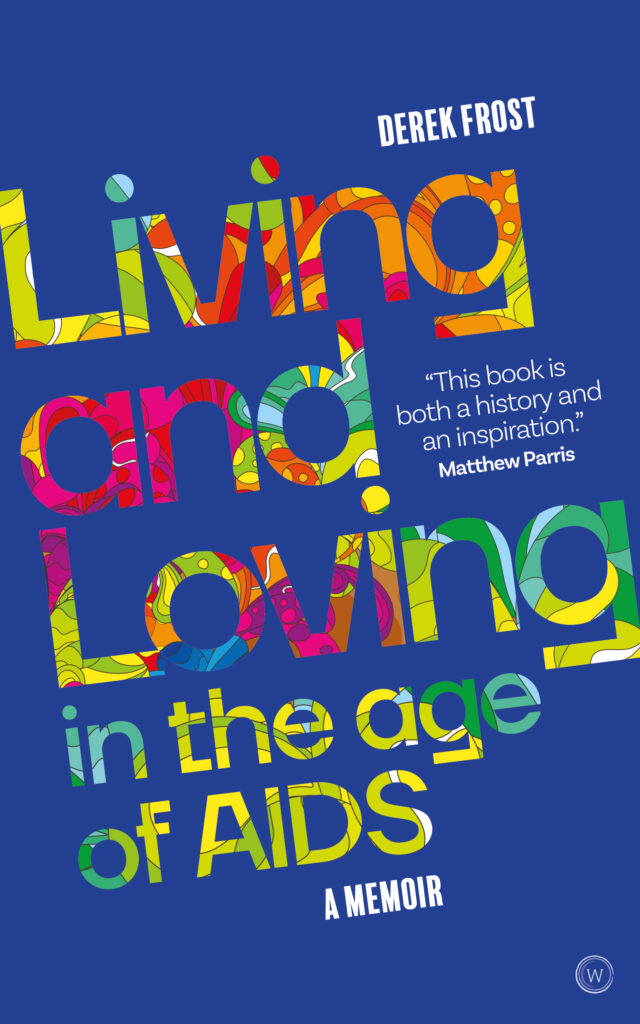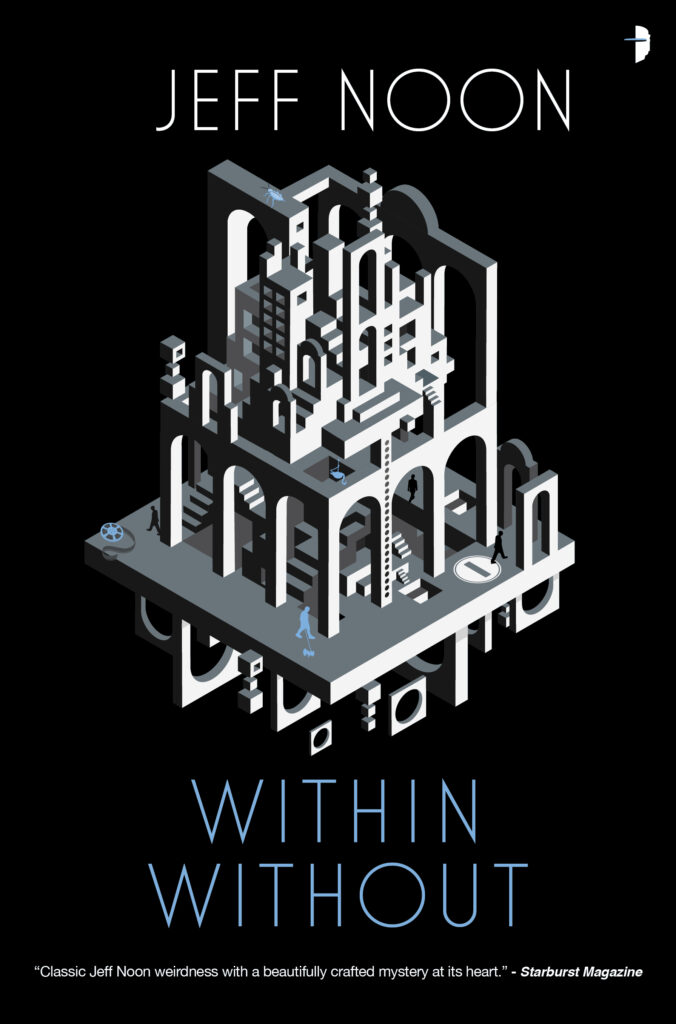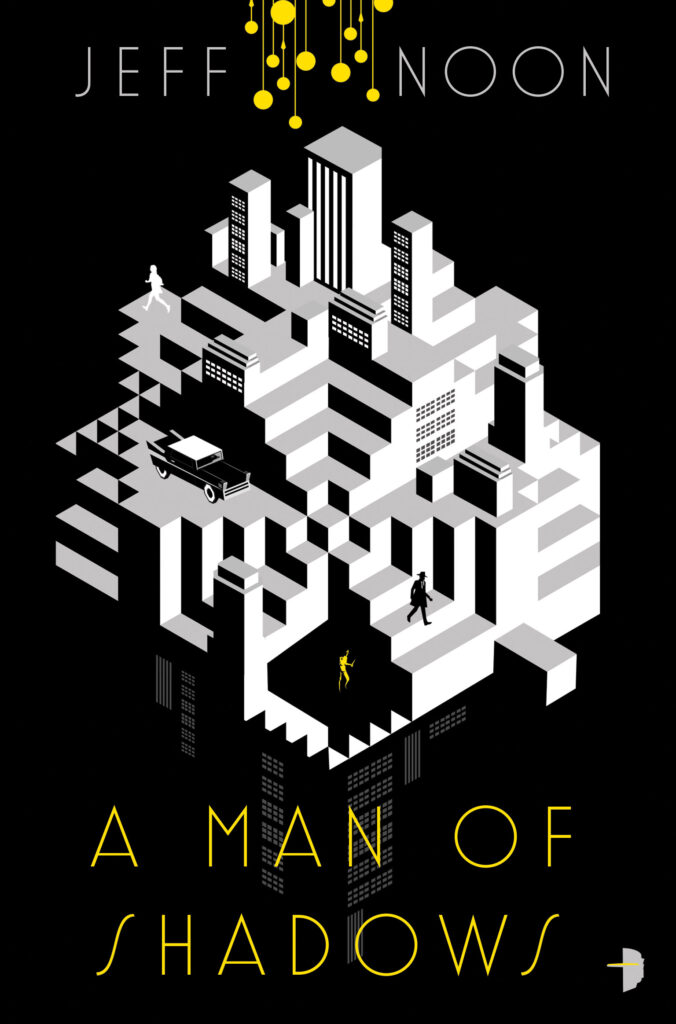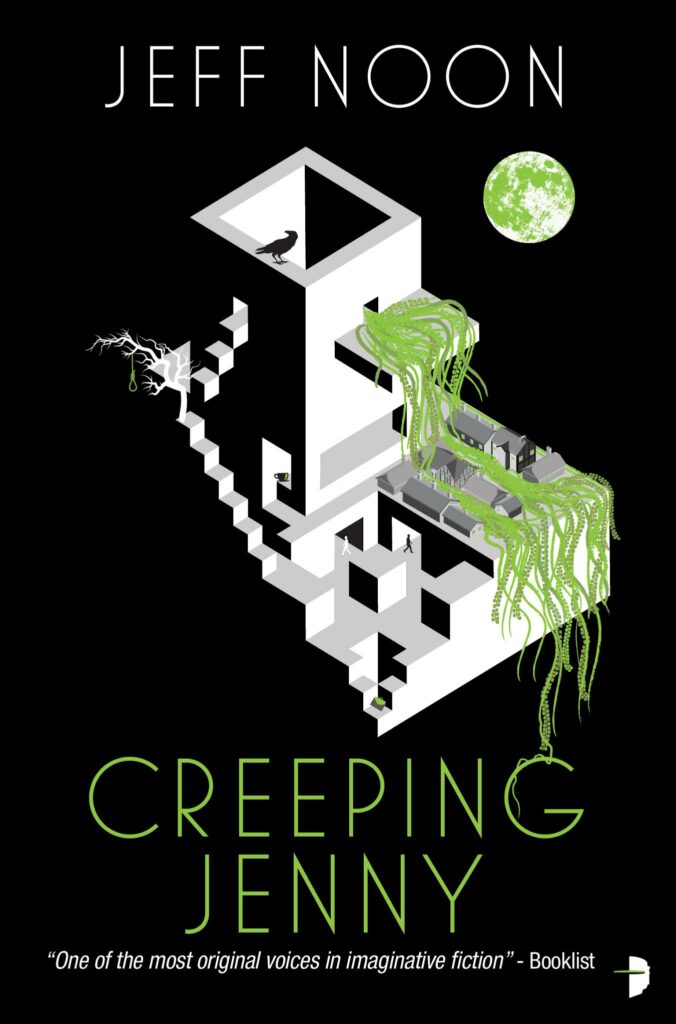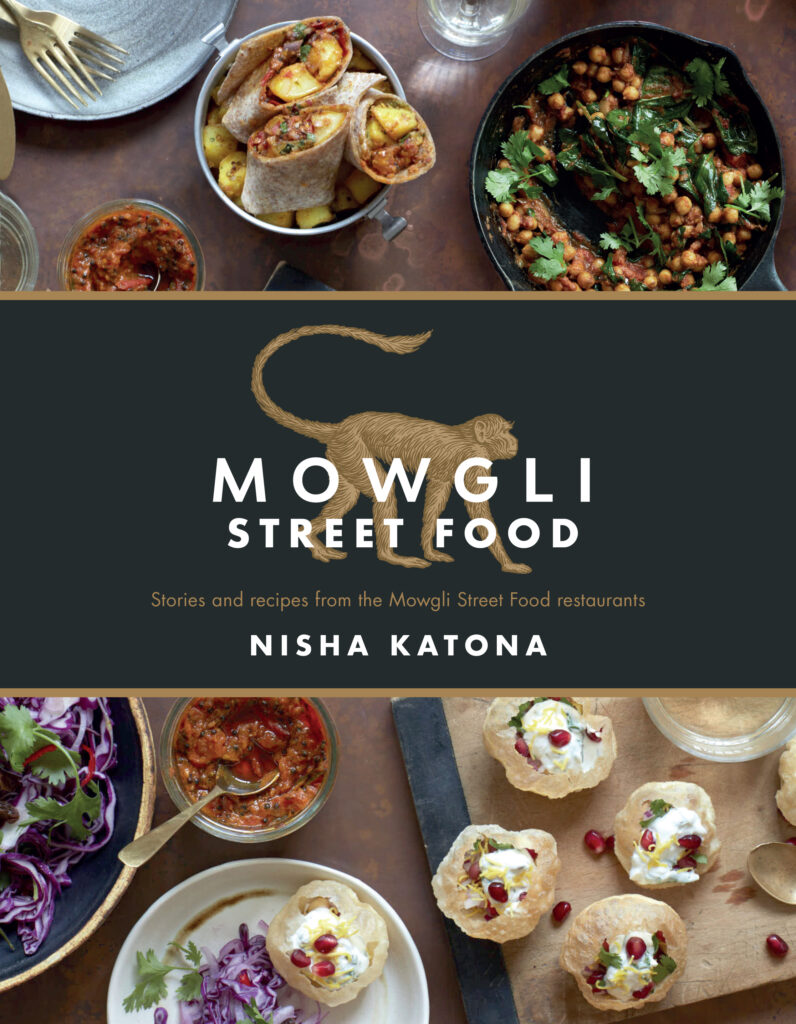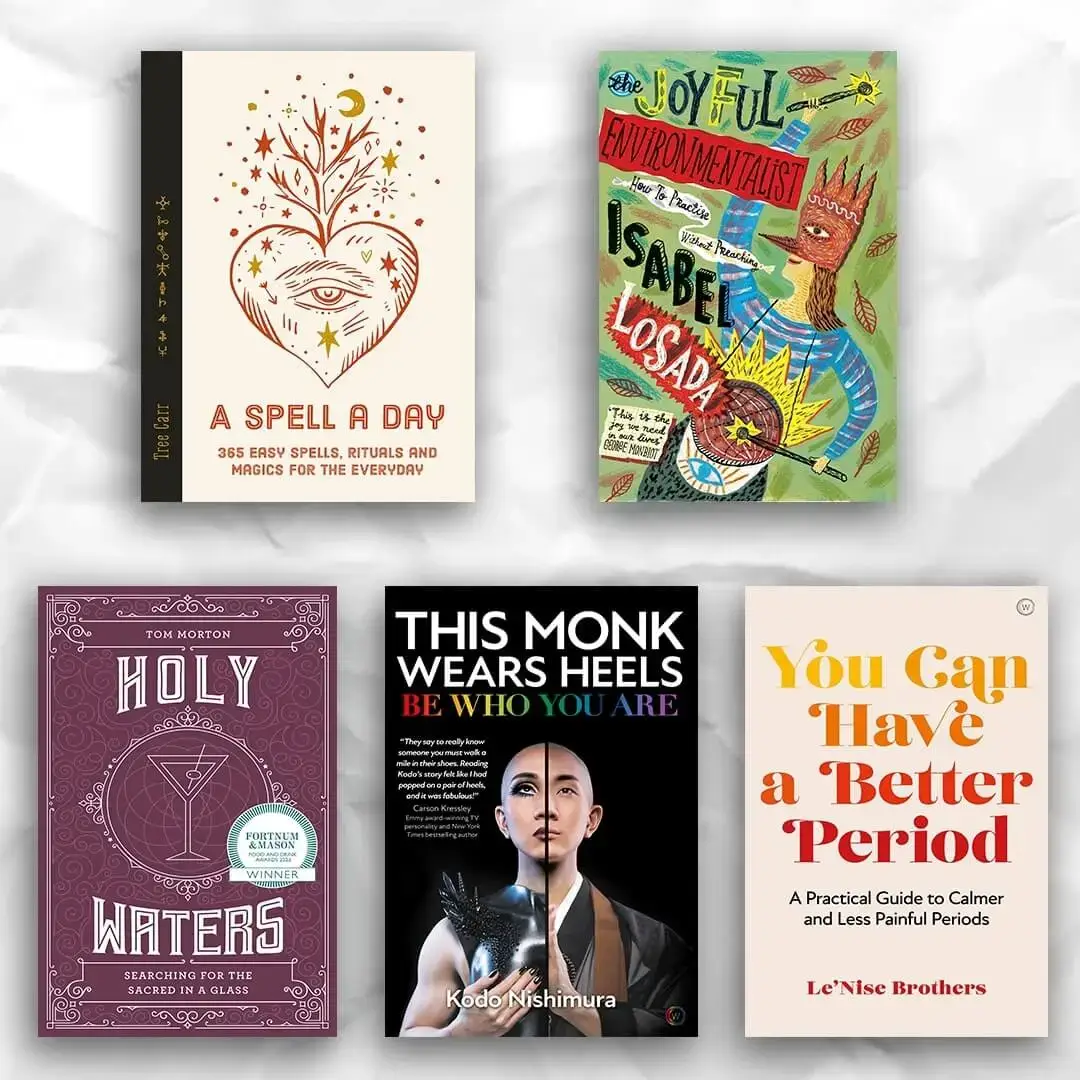Top Ten Terms: Marketing & Publicity in Publishing

Hi everyone and welcome back to a Peek Into Publishing! In an effort to demystify the jargon used in publishing meetings and around the office, we’ve asked each of our departments to name and define ten terms they wished they’d known when they first started in the industry. We’ve already published the Top Ten Sales Terms. This week, we’ll be taking a look at the Top Ten Terms our Marketing & Publicity team have chosen.
These terms are useful for anyone looking to work in publishing, or someone who has recently started out in the first publishing role, not just in M&P. They are mentioned in meetings with all departments, so we hope you’ll benefit from learning them!
1. ARCs
Advance reader copies (ARCs) are free copies of forthcoming titles that publicists can send to booksellers, reviewers, influencers and publishing professionals in advance of the publication date. Their purpose is to create buzz before a book is published, giving readers a chance to submit early reviews and increase pre-order numbers.
2. Press Release
In short, a press release is a news document. They are usually one–two pages long and provide a brief summary of a title and its author so that journalists can look at it and very quickly get to grips with the book and whether it is of interest to them / their publication.
3. Embargo
An embargo is something that would usually appear on a press release. It’s a warning to the media not to publish a news item until the date specified. For example, there might be a line on a press release saying, “EMBARGOED UNTIL 16/06/2021”, which would allow the publishers to release information on a title first.
4. Press Kit
Publications, such as magazines and newspapers, often have a downloadable press kit on their website. These documents outline the advertising opportunities that are available with that publication as well as the associated costs. Nowadays, many influencers will also have press kits, which allows publicists to determine whether working with them is relevant and helpful to a title and whether it would fit with their budget.
5. Circulation
Also known as “reach”, circulation refers to the number of people who view and/or read a publication. For example, Good Housekeeping has a circulation of 433,661. When it comes to online publications, this number is referred to as UVPM (unique visitors per month) – so, for Good Housekeeping Online the UVPM would be 16,884. We can easily find this information on Cision, which brings us to our sixth term …
6. Cision
Cision is a database that contains information about journalists and the publications they work for, such as the circulation for a publication and where it is located. It provides contact information so that publicists can send pitches to journalists directly from the site, as well as collating coverage as and when it comes in.
7. CPC
CPC, or cost per click, is a pay-per-click bidding model where you pay every time someone clicks on your digital advertisement. Your cost per click is how much you pay when someone clicks on your ad and will vary depending on your allocated budget and targeting. The lower the cost per click the better you are at getting more engagement for your money.
8. SEO
SEO stands for Search Engine Optimization – this is when we influence a website’s visibility in a search engine’s organic, unpaid search results. For example, we can ensure that our website will come up first when you search “Watkins Publishing” by incorporating relevant keywords, publishing regular content and using other techniques.
9. KPIs
Key Performance Indicators (KPIs) are a set of metrics that can be used to measure a company’s goals. Your KPIs should be SMART:
- Specific: Be as precise as possible. For example, do you want to increase your click-through rates by 20% by the end of the year?
- Measurable: Will you be able to track your progress? How are you going to do it? During a monthly check-in, you should be able to determine how close you are to meeting the goal.
- Attainable: Keep it real. Set KPIs that are within an achievable scope. How are you going to achieve your KPI?
- Relevant: Make sure each social media KPIs connect to the business’s larger goals. How will this help the company as a whole?
- Timely: What’s the time frame for achieving this goal and determining whether success has been met: one month, six months, one year?
Example KPI:
S: We would like to increase our brand’s Instagram following by 50%.
M: We will track our progress monthly through an Excel dashboard, measuring engagement and growth.
A: We will achieve this by reaching out to 100 relevant influencers so that they will promote and review our books on their channels. We will also post twice a day instead of once a day to increase our online presence.
R: We would like to increase our brand’s presence in the US – targeting American influencers will help us to achieve this goal.
T: We will aim to achieve this goal by January 2022.
10. ROI
Return on Investment (ROI) is a ratio that measures the benefits of doing something against the costs. For example, if a magazine advertisement cost £1,150, you would want to work out the ROI to make sure it’s worth doing. Does the size of the readership means it’s likely to result in increased sales worthy of £1,150?
That’s all for this week! We hope you gained a little more knowledge of the marketing & publicity terms that get used a lot. We wish those of you seeking a job in marketing and/or publicity (and in publishing in general) the best of luck!
If you want to learn more about upcoming Peek Into Publishing projects, follow Watkins on Twitter. Next week, we have a fabulous team member giving insight into the rights department, so come back on Wednesday for that. To catch up on previous posts, see below for insights into editorial, sales and design:
